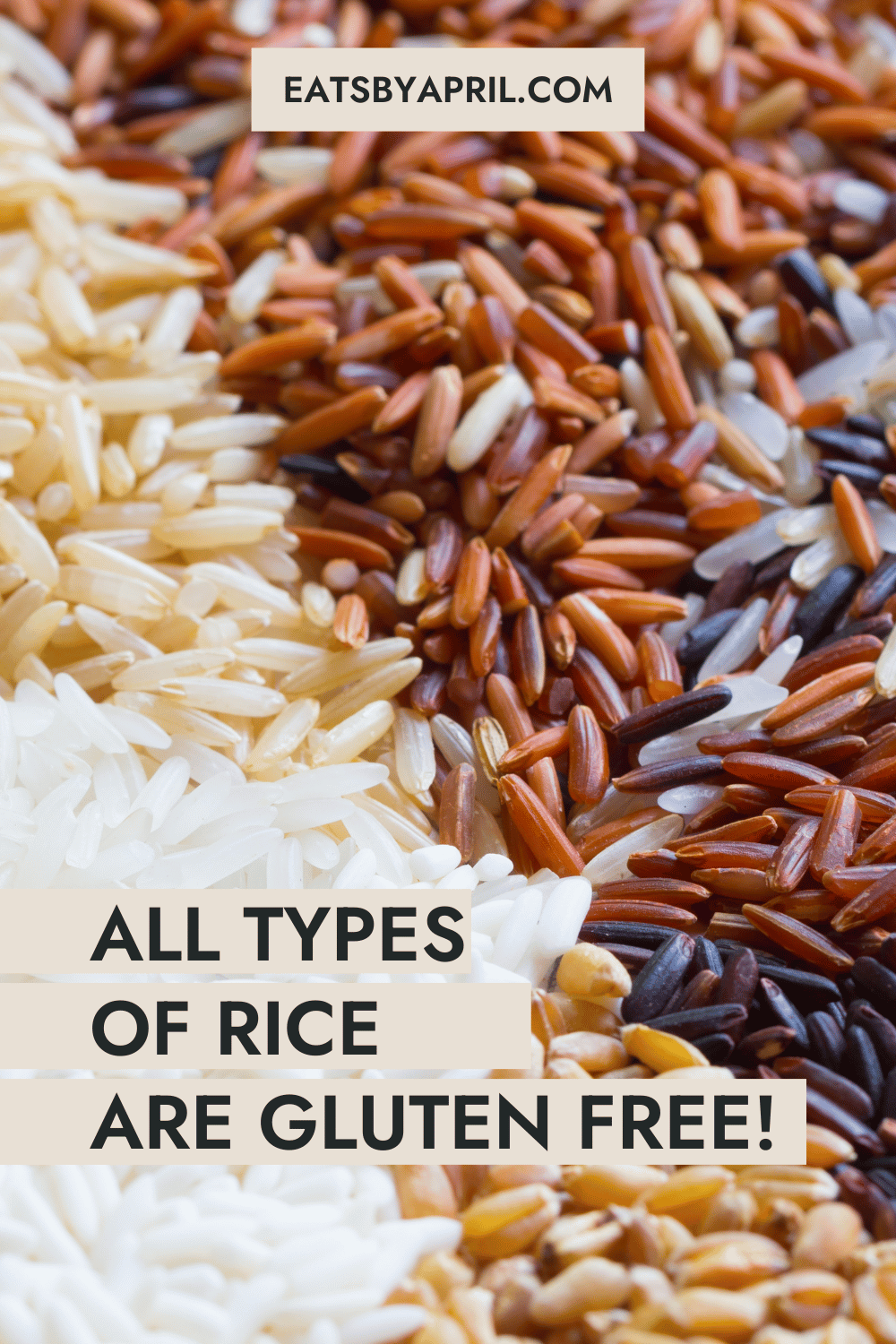I’ve been getting a lot of questions lately about whether or not rice has gluten. People seem confused, and honestly, I was a bit unsure myself at first. So, I decided to dive in and figure it out once and for all. Here’s what went down during my little investigation.

First, I hit up the internet. I read a ton of articles, and most of them said the same thing: plain rice is generally gluten-free. This included all types like brown rice, white rice, basmati rice, and even that fancy black rice. It sounded pretty straightforward, so I moved on to the next step.
Next, I started looking at food labels. I wanted to see what the deal was with packaged rice products. In the United States, if something is labeled “gluten-free,” it has to have less than 20 parts per million of gluten. I found out that this can include naturally gluten-free foods or processed foods that don’t have any gluten-containing ingredients. Lots of rice products I checked had that label, which was reassuring.
My Kitchen Experiment
But I wasn’t just going to take their word for it. I decided to do some tests at home. I cooked up some plain white rice and brown rice. I made sure my pots and utensils were super clean to avoid any cross-contamination. After cooking, I tried both types. They tasted like, well, rice! Nothing unusual, and I didn’t feel any different after eating them.
Then, I got a bit more adventurous. I tried some rice noodles and rice cakes. Again, no issues. They were just as tasty as I expected, and I felt fine afterward. It seemed like the articles and labels were right – rice really is gluten-free in its natural form.
Talking to People
Still, I wanted to hear from others. I talked to some friends who have celiac disease or gluten sensitivity. They all confirmed that they eat rice regularly without any problems. They said it’s one of their go-to gluten-free grains. One friend even mentioned that rice is a staple in many gluten-free diets because it’s so versatile.

Final Thoughts
After all this, I feel pretty confident saying that rice is indeed gluten-free when it’s plain and unprocessed. Whether it’s white, brown, or any other variety, it seems safe for people who need to avoid gluten. Of course, if you’re buying processed rice products, always double-check the labels to make sure they’re certified gluten-free.
It’s pretty cool that there are so many naturally gluten-free foods out there, like fruits, vegetables, quinoa, and corn tortillas. It makes following a gluten-free diet much easier. Adding things like dark chocolate, rice noodles, and buckwheat can really help keep your meals interesting and nutritious.
So, there you have it! My journey to figure out the gluten situation with rice. I hope this helps clear things up for anyone else who was wondering. Just remember, when in doubt, always check those labels and listen to your body!
